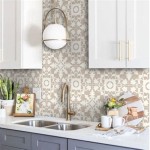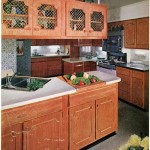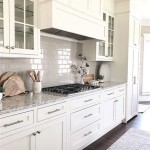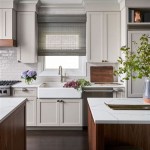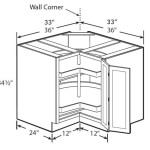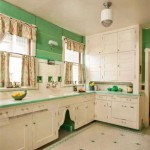How to Paint Kitchen Cabinets Using a Sprayer: A Comprehensive Guide
Painting kitchen cabinets with a sprayer offers a professional, time-efficient, and cost-effective way to upgrade your kitchen's aesthetics. Here's a detailed guide to walk you through the essential steps.
Preparation: The Foundation of Success
Before you grab the sprayer, thorough preparation is crucial. Start by removing all cabinet doors and hardware. Clean the surfaces thoroughly with a degreaser solution to remove dirt, grease, and any contaminants. Sand any existing finish with 120-grit sandpaper to create a smooth base for the paint.
Mask off any areas you don't want to paint, such as countertops, backsplashes, and floors. Cover the work area with plastic sheeting or tarps to protect it from overspray.
Choosing the Right Paint
Selecting the right paint is essential for a durable and professional-looking finish. Opt for water-based cabinet paint specifically formulated for spraying. These paints offer superior adhesion, flow, and leveling properties, making them ideal for cabinet painting.
Choose a paint finish that complements your desired look. A satin finish provides a smooth, low-sheen surface, while a semi-gloss finish offers a more durable and slightly glossy sheen.
Setting Up the Sprayer
Properly setting up your sprayer is essential for a successful paint job. Ensure the sprayer is clean and in good working condition. Wear a respirator and follow the manufacturer's instructions for thinning the paint to the appropriate viscosity for spraying.
Adjust the sprayer's settings, including the spray pattern, air pressure, and flow rate, according to the manufacturer's recommendations for the paint being used.
Spraying the Cabinets
Begin by spraying a light, even coat. Hold the sprayer 6-8 inches from the surface and move it at a steady pace. Overlap each stroke slightly to ensure complete coverage.
Apply thin, multiple coats, allowing each coat to dry thoroughly before applying the next. This prevents runs, drips, and uneven finishes. Sand lightly between coats with 220-grit sandpaper to smooth any imperfections.
Finishing Touches
Once the final coat has dried, remove the masking tape and install the cabinet doors and hardware. Allow 24-48 hours for the paint to fully cure before using the cabinets.
Apply a clear polyurethane topcoat to protect the painted surface and enhance durability. Choose a polyurethane formulated for cabinet finishes to ensure resistance to wear and tear.
Tips for a Professional Finish
Use a spray shelter or paint booth to minimize overspray and improve ventilation.
Practice spraying on scrap wood before painting the actual cabinets to get the hang of the sprayer settings.
Clean your sprayer thoroughly after each use to prevent clogging and ensure its longevity.
By following these steps and incorporating these tips, you can achieve a professional-looking painted kitchen cabinet finish that will transform your kitchen's appearance.

How To Paint Kitchen Cabinets With A Gun Painttech Training Academy

How To Paint Cabinets With An Airless Sprayer

Painting Kitchen Cabinets With A Sprayer Lemon Thistle

How To Spray Paint Cabinets Like The Pros Bright Green Door

How To Paint Kitchen Cabinets With A Sprayer
How To Paint Cabinets Bob Vila

How To Paint Cabinets Like A Pro Jenna Sue Design

How To Spray Paint Kitchen Cabinets Diy Family Handyman

Want To Find Out How Spray Paint Kitchen Cabinets Like A Pro

My Kitchen Magician Bower Power
Related Posts


